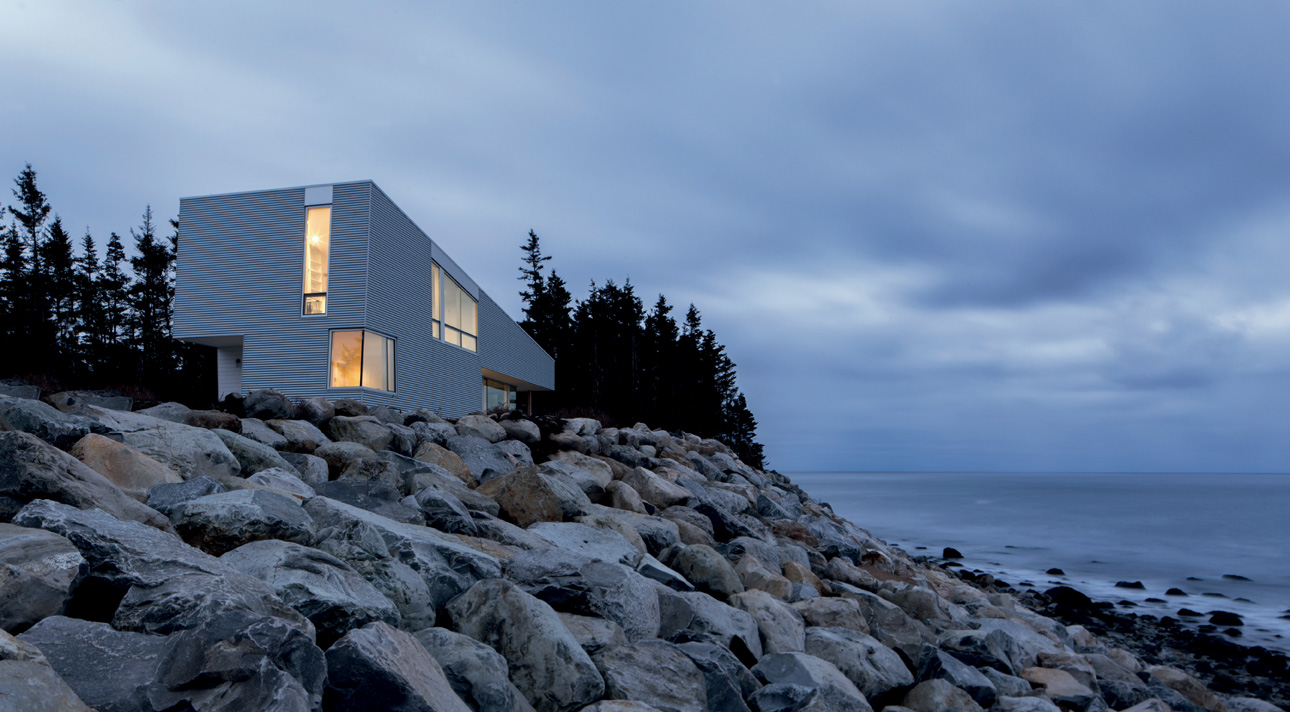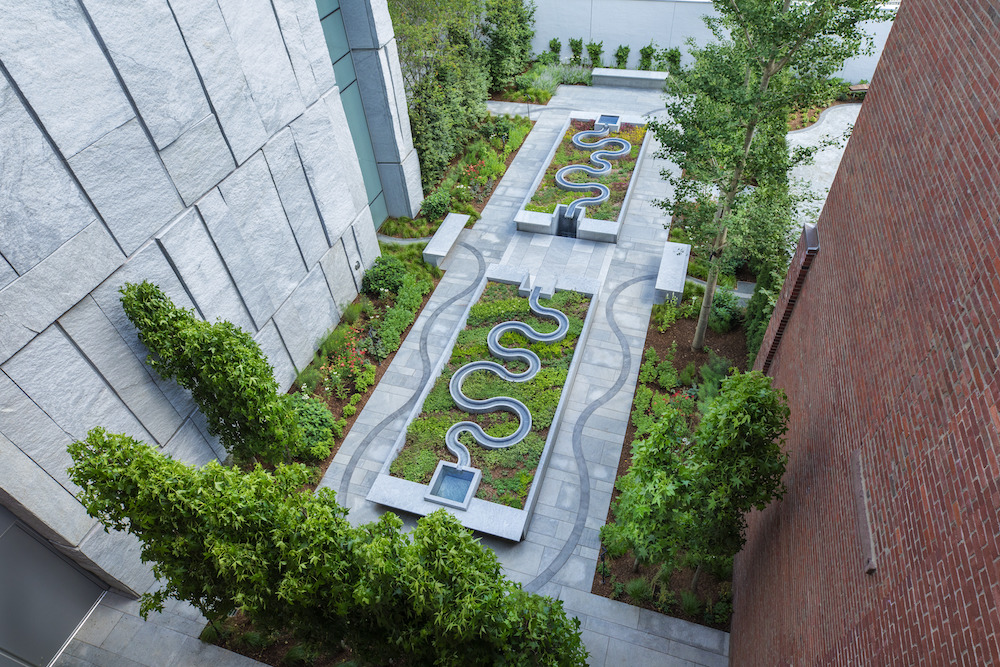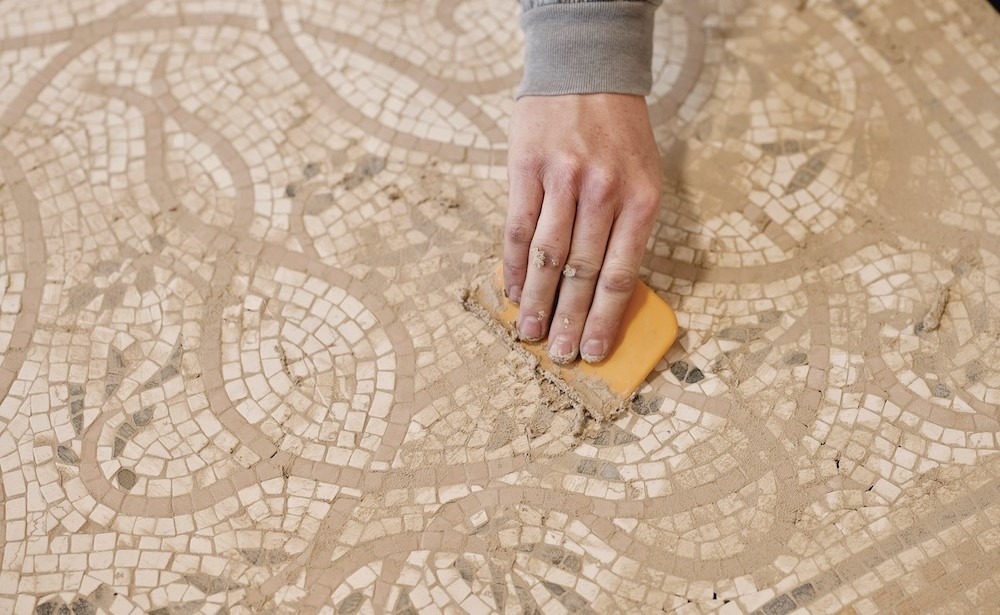One of our favorite 21st-century architects is Brian MacKay Lyons, founding partner of MacKay-Lyons Sweetapple in Halifax, Nova Scotia. After studying at the Technical University in Nova Scotia and UCLA, he went to work for Charles Moore, Barton Myers, and Giancarlo De Carlo, before starting his firm in 1983. He’s been awarded the RAIC Gold Medal, Canada’s highest honor for lifetime achievement in architecture. In 2017, A+A ran a review of a book on his firm:
Here we have a book of essays, drawings, and photographs from the upper echelons of architecture.
We’re not talking starchitects. These are designers who seek understanding, rather than fame.
What these three – Robert McCarter, Juhani Pallasmaa, and Kenneth Frampton – want to communicate with this book is how MacKay-Lyons Sweetapple Architects approaches a site to push a building out of its environment.
McCarter and Brian-MacKay Lyons have been working on it for a solid decade, with McCarter flying up eight times in ten years from St. Louis to Nova Scotia, where MacKay-Lyons is based. Pallasmaa and Frampton came aboard after becoming engaged in a series of “Ghost” symposia, MacKay-Lyon’s thought-provoking exercises that began in 2003.
The result is a stellar survey of the firm’s work, organized by type, for a total of 100 projects. Primary projects are covered in four to six pages; secondary projects get a page or two; and tertiary projects a page or less. Each project is described carefully by its architect. Thirty have never been published before.
There are the houses that respond to the rugged nature of their sites. “Architects usually focus on the gravity load structure first, but here they have to focus on the structure to handle the wind load first,” McCarter says. “And then the rain – there are no overhanging eaves, which lets the water go right off. It makes the building more like an overturned boat – pretty strong for wind loads, and also to keep the water off.”
But there are public buildings too, like Talbot Sweetapple’s embassy in Bangladesh. “It’s an amazing project for any firm to get and to build in close proximity to Khan, and to grapple with the same low technology he did, in the best sense of the word,” he says.
Then there are the essays – by McCarter, Pallasmaa, Frampton and MacKay-Lyons himself, each as poetic as they are provocative. MacKay-Lyons’ is at the back of the book, and starts with the notion that: “Innovation is overrated in architecture today…”
But as McCarter notes, if you want to get everything out of this book, you have to read the drawings.
They’re worth the price of admission.
For more on MacKay-Lyons Sweetapple Architects: Economy as Ethic, go here.
[slideshow id=1778]



